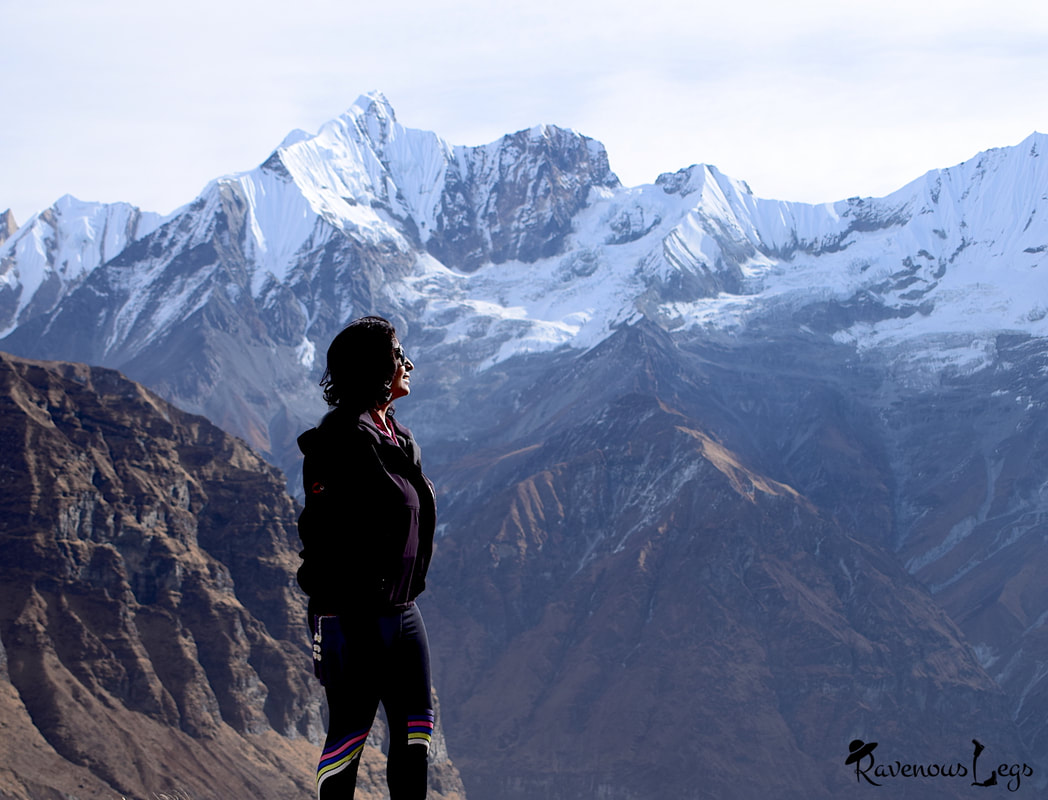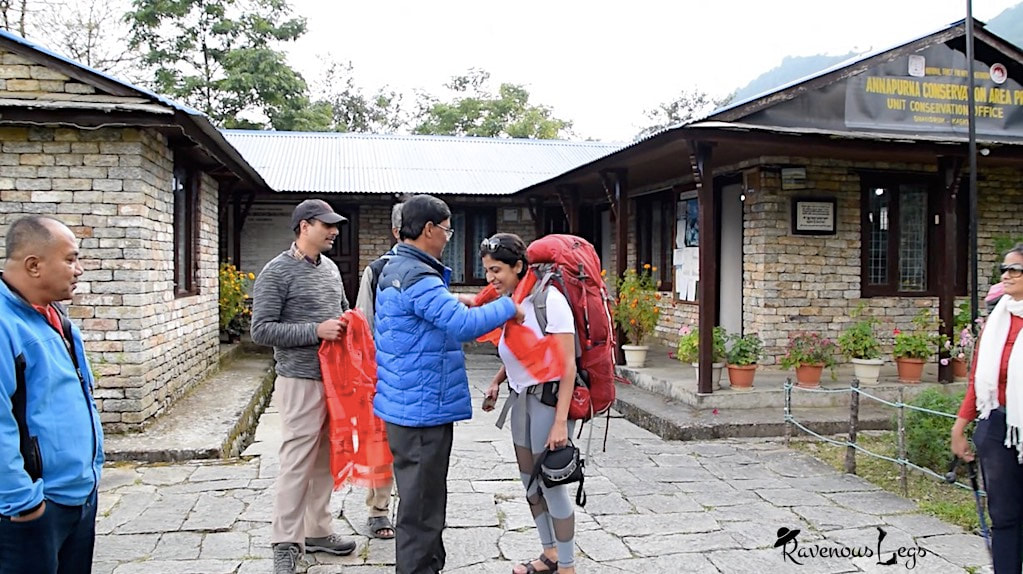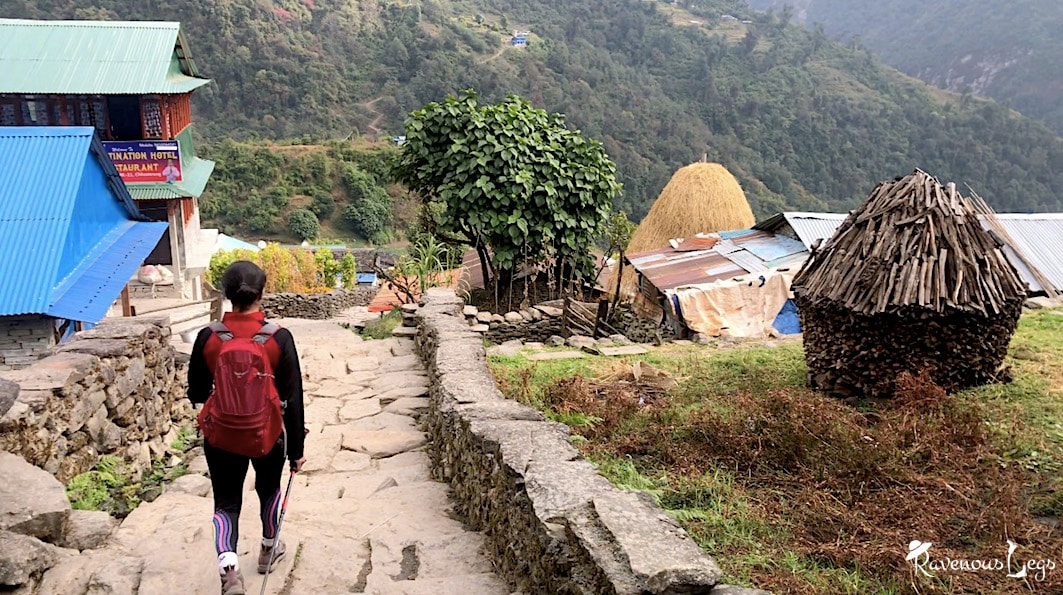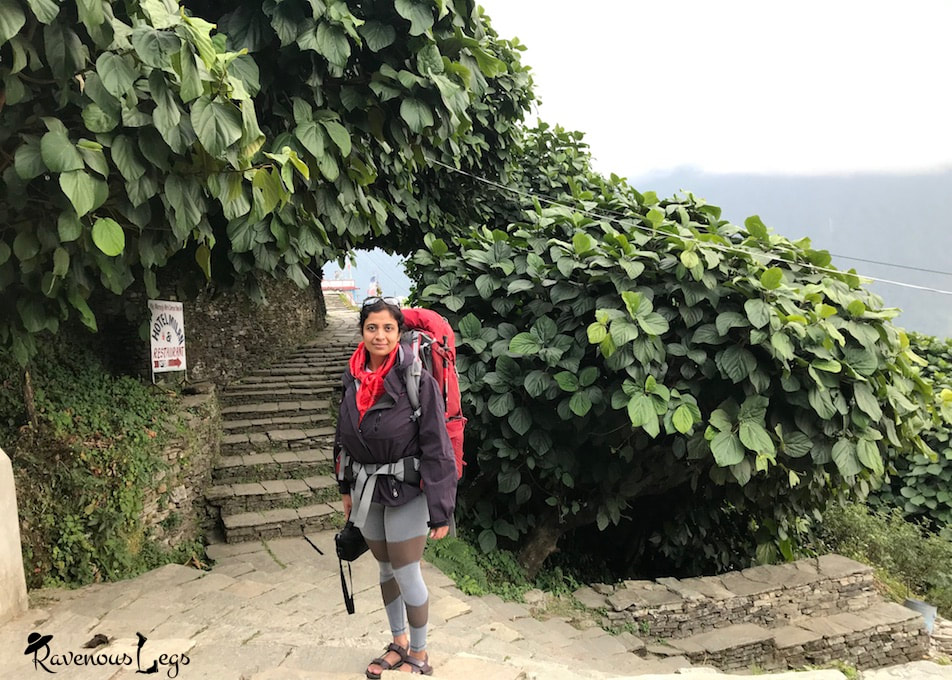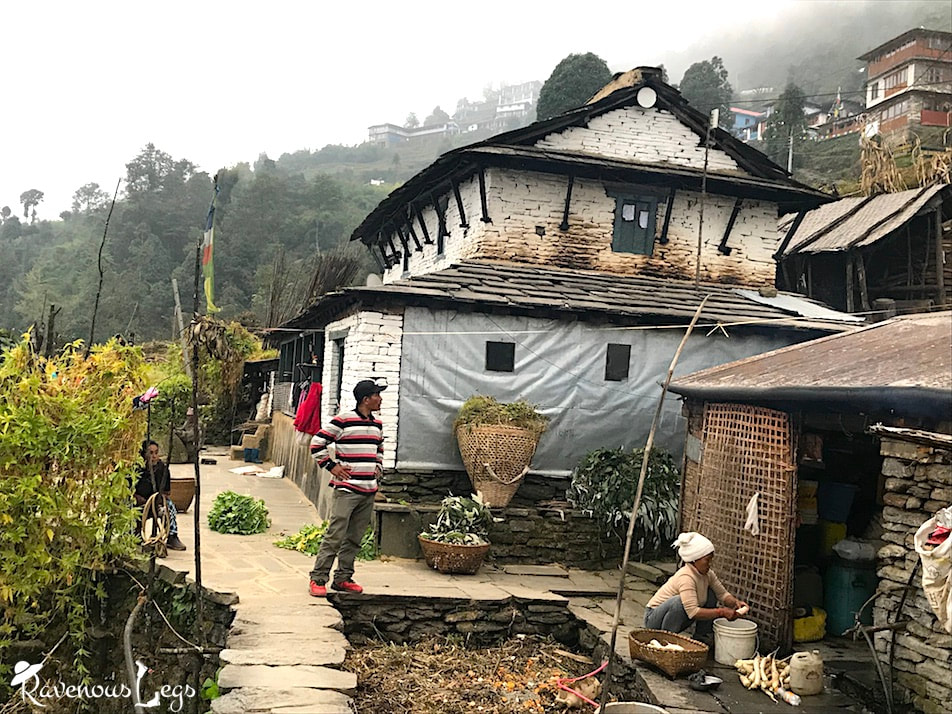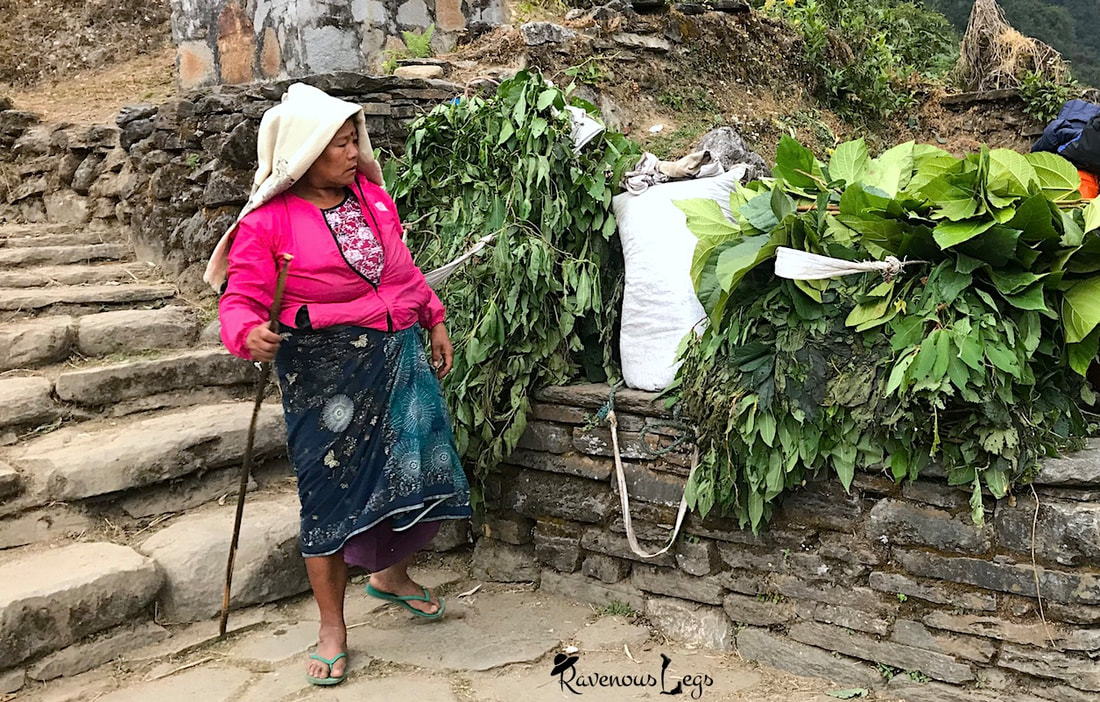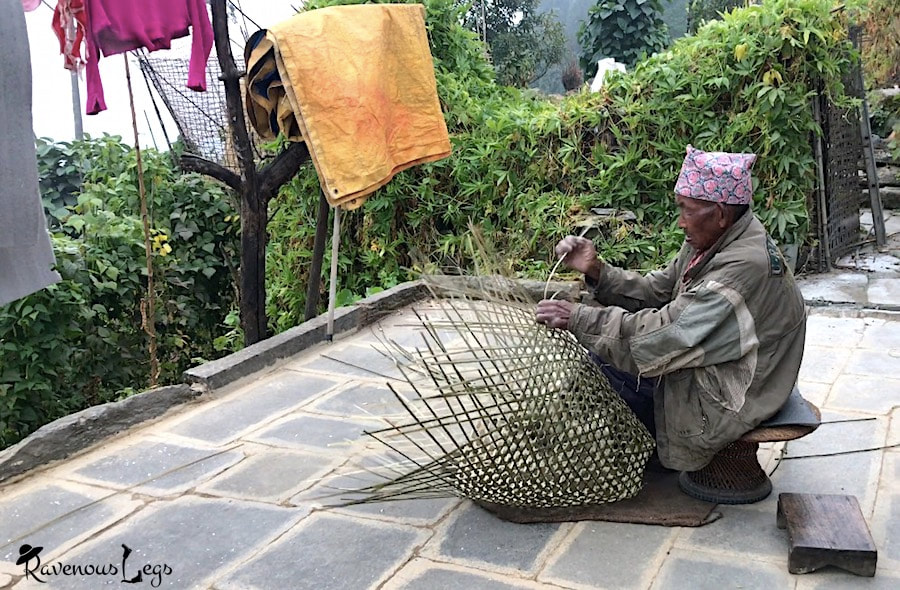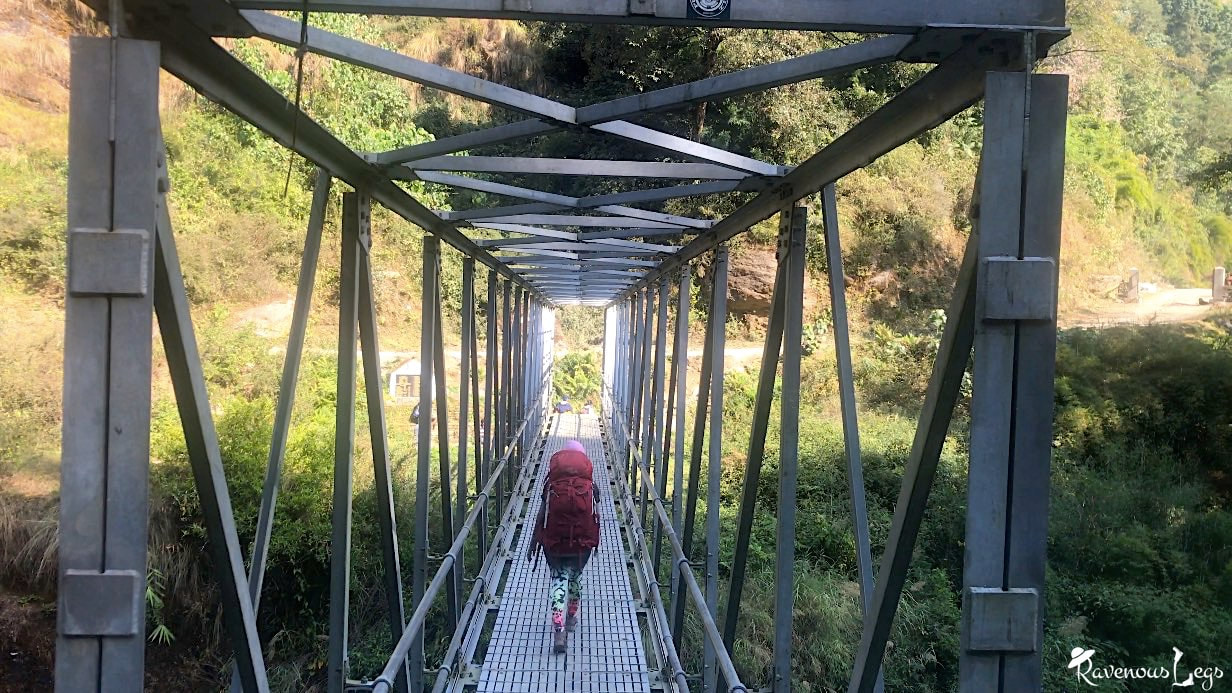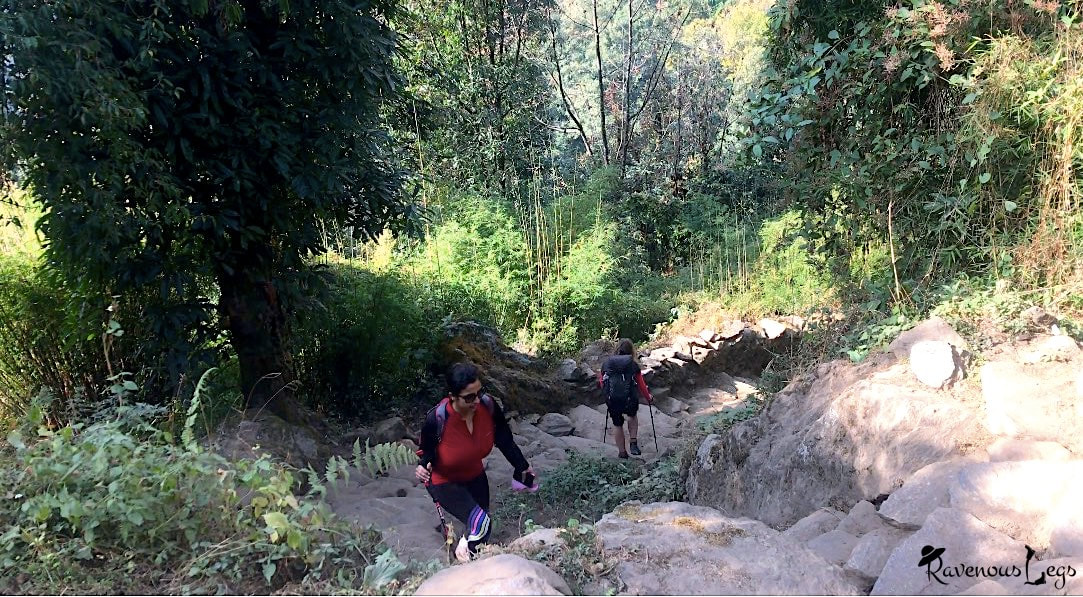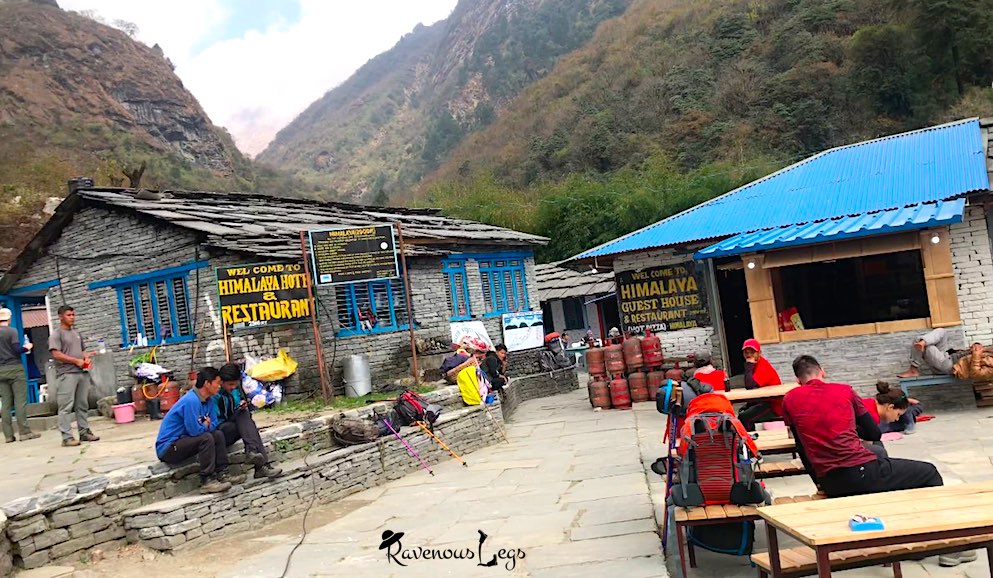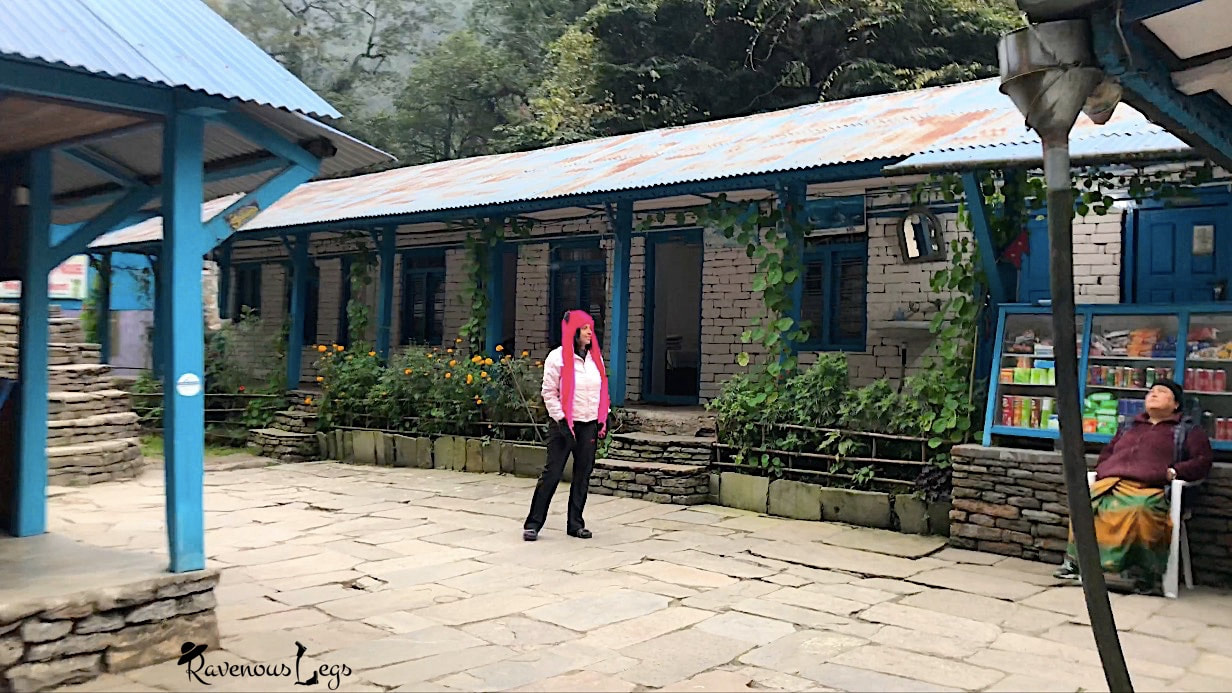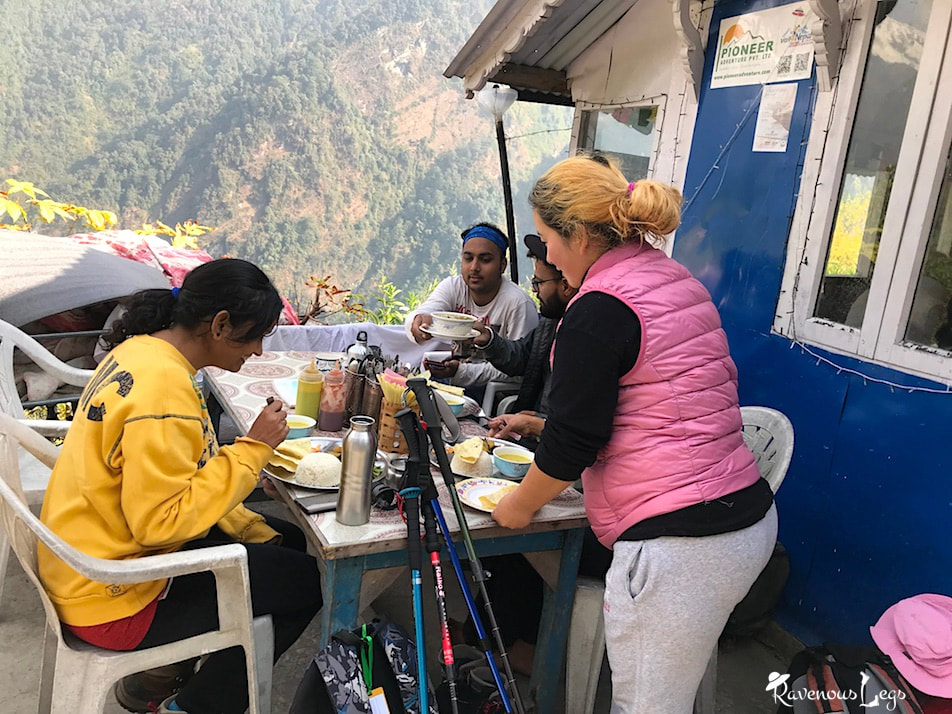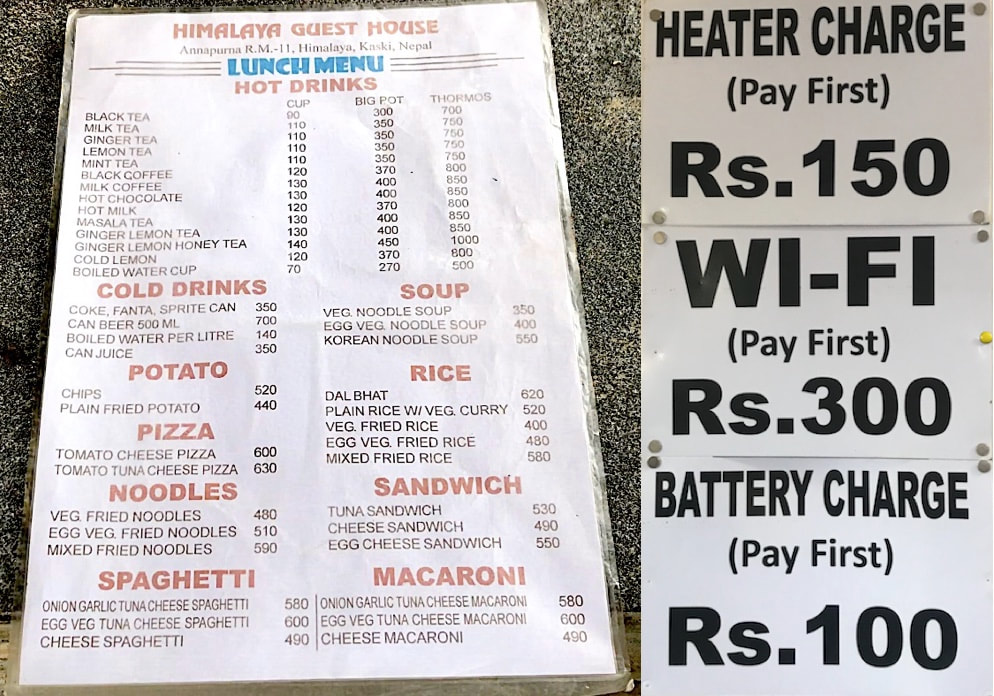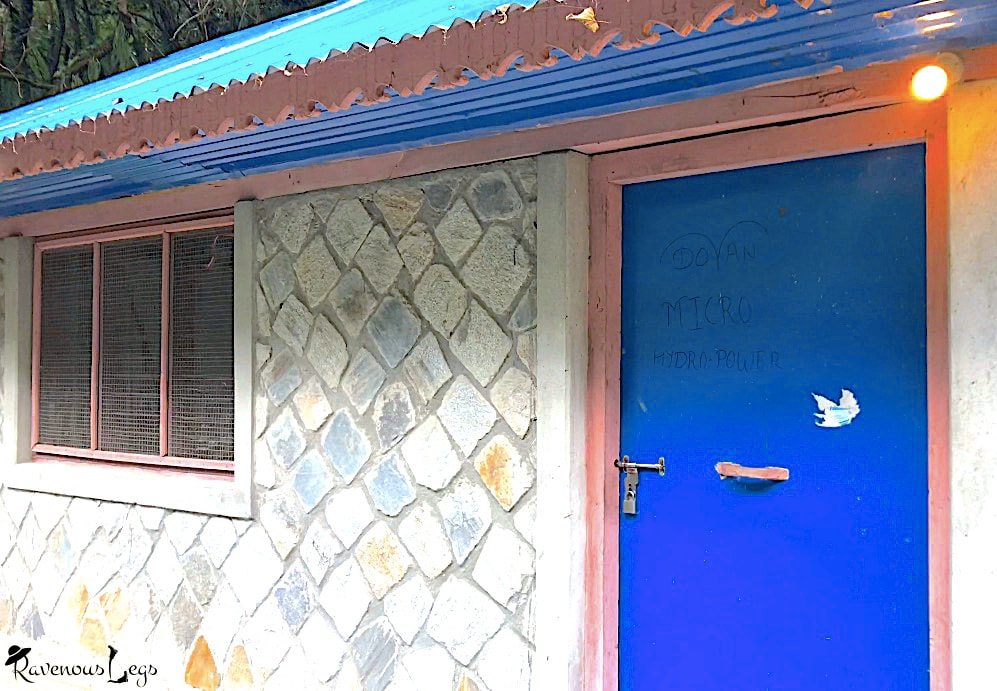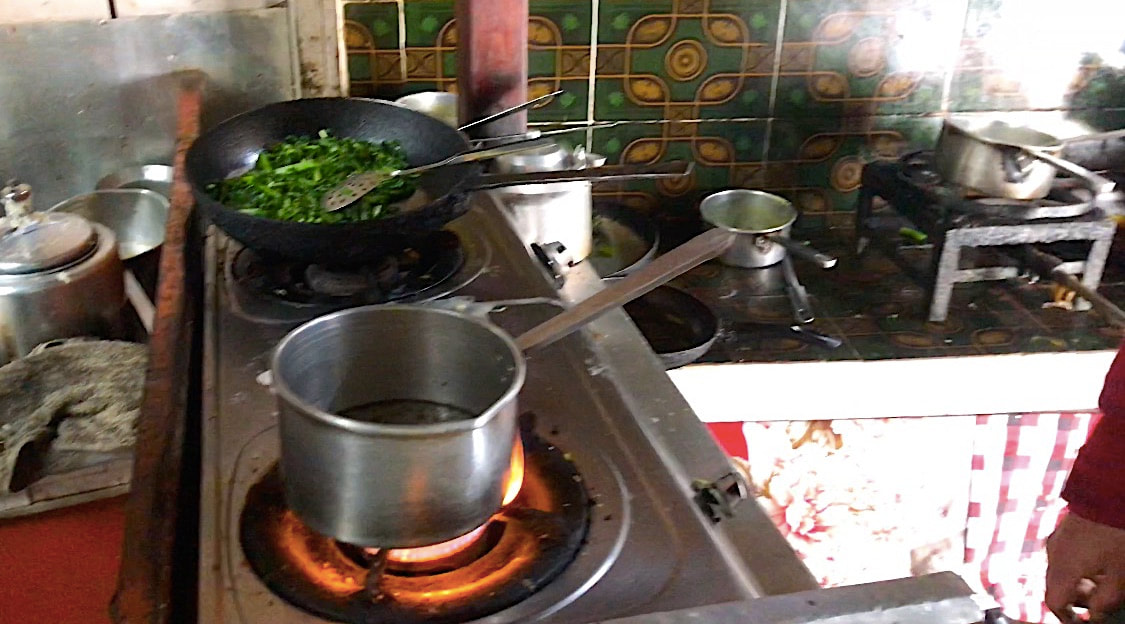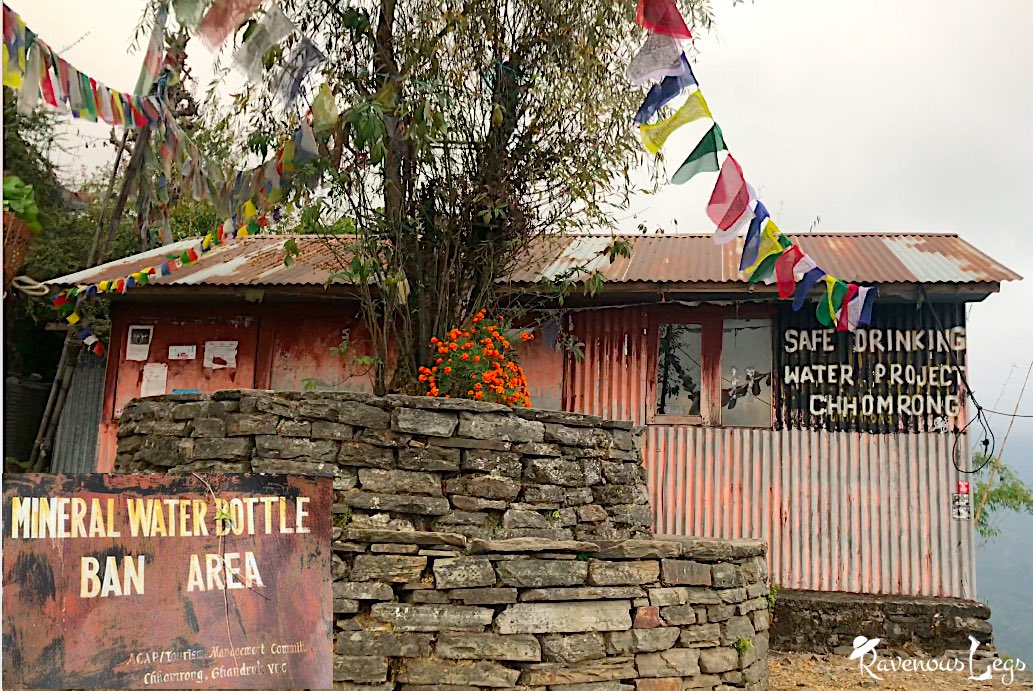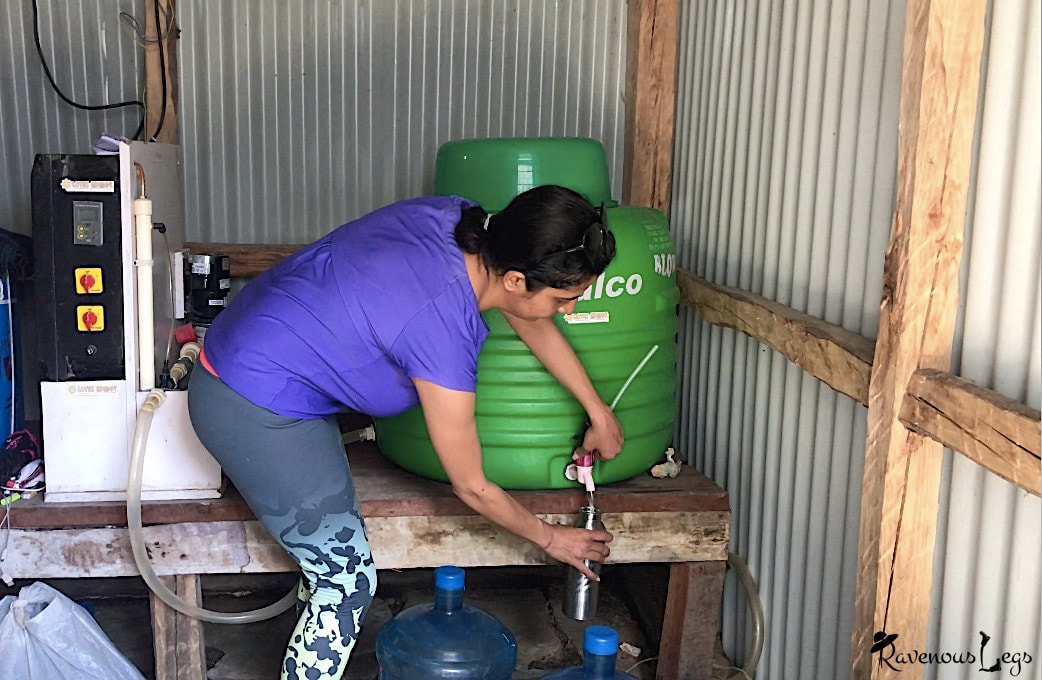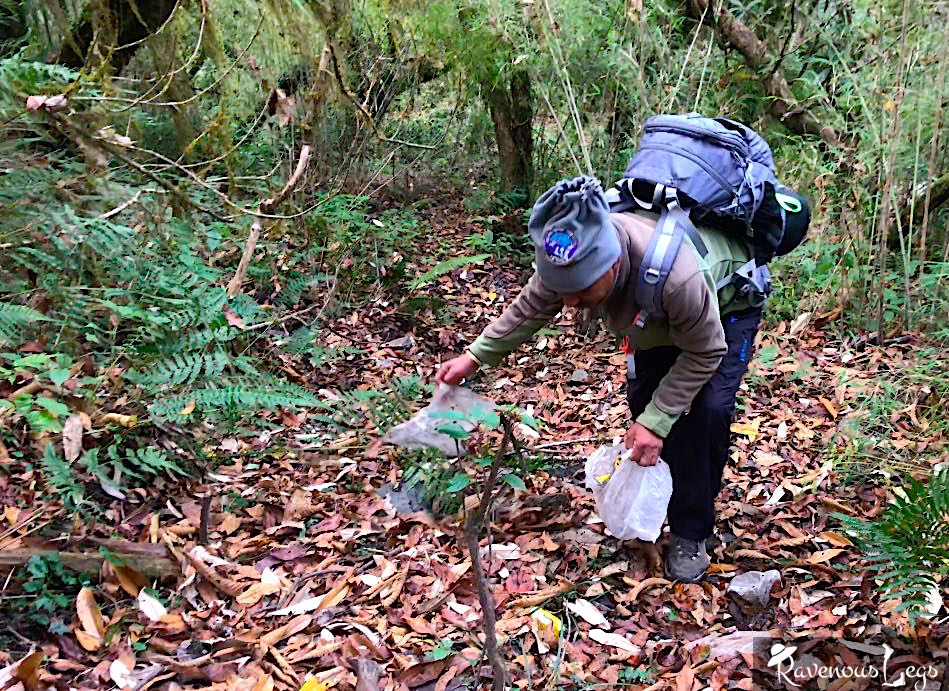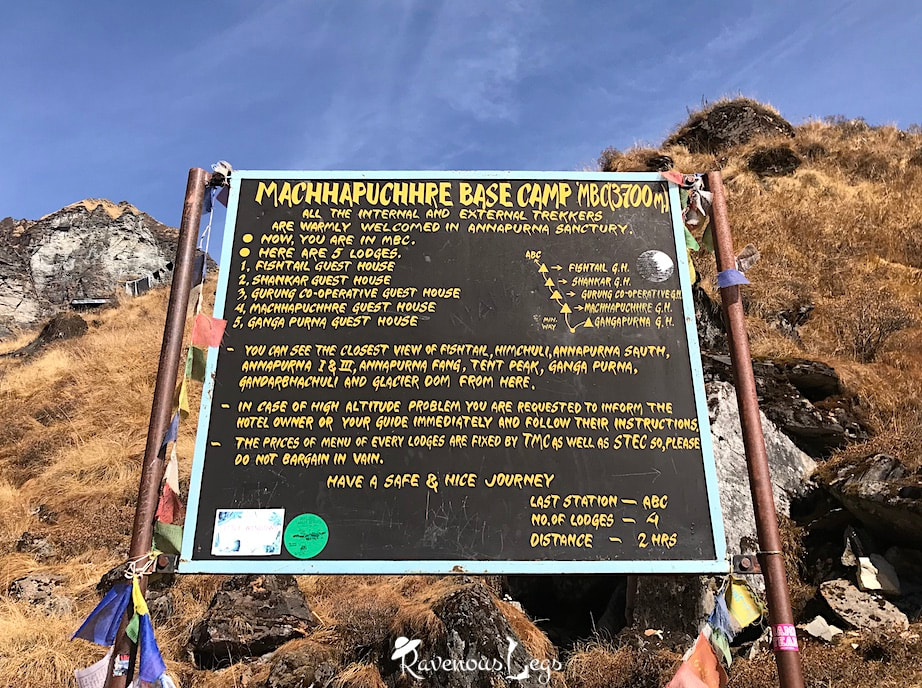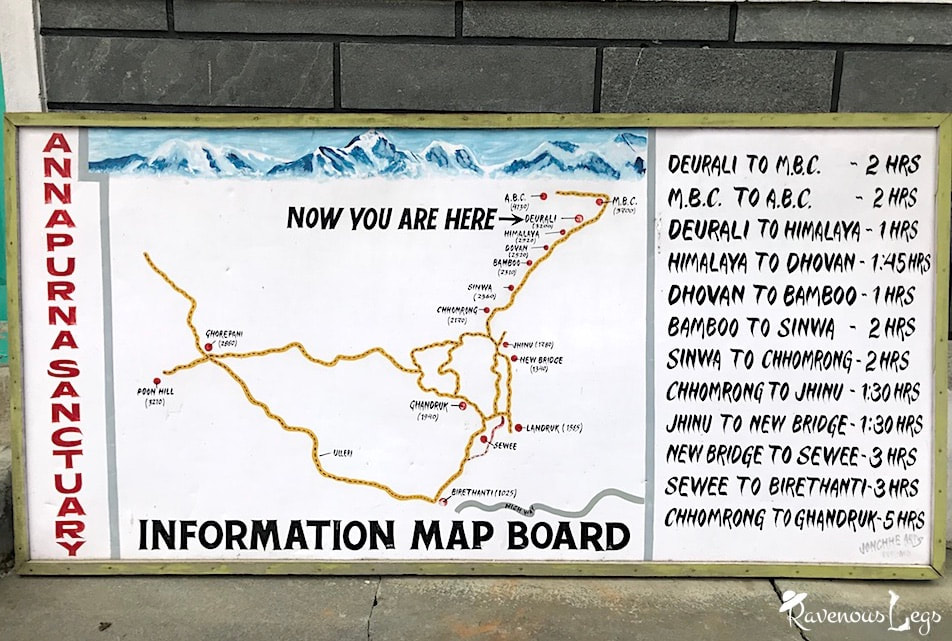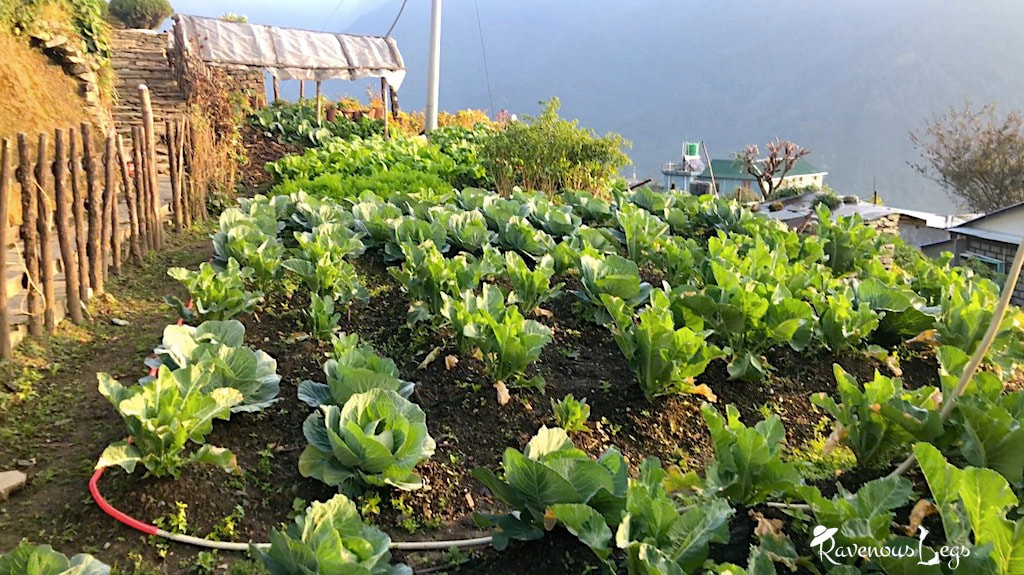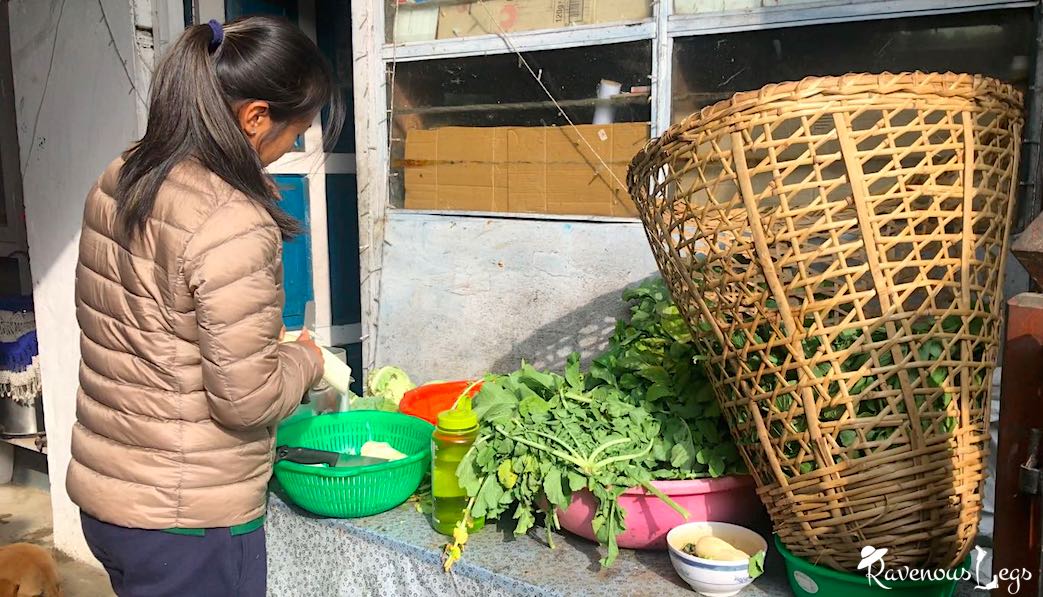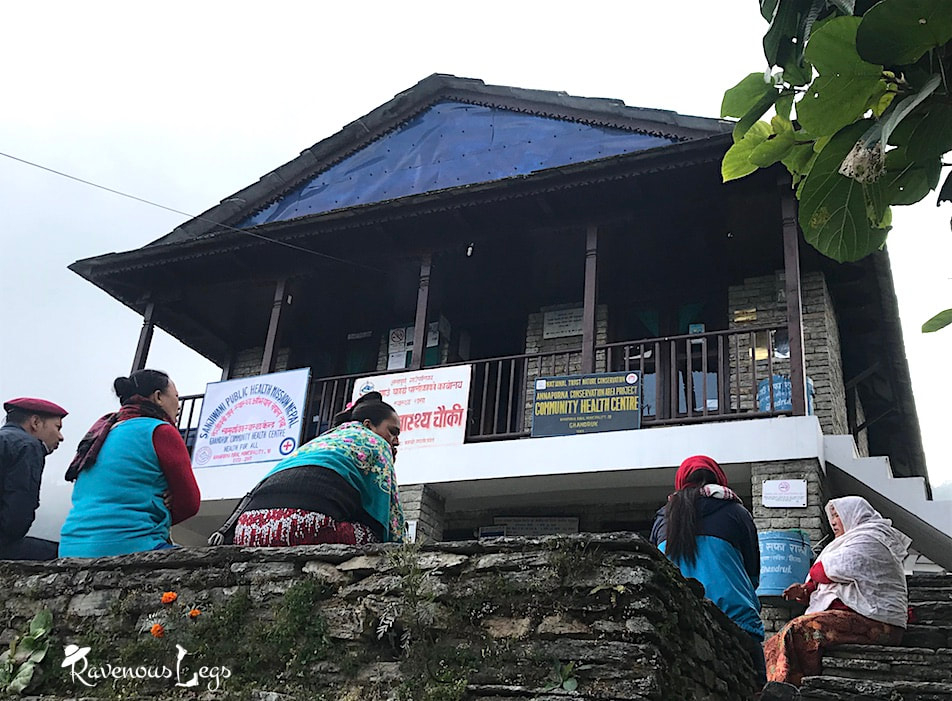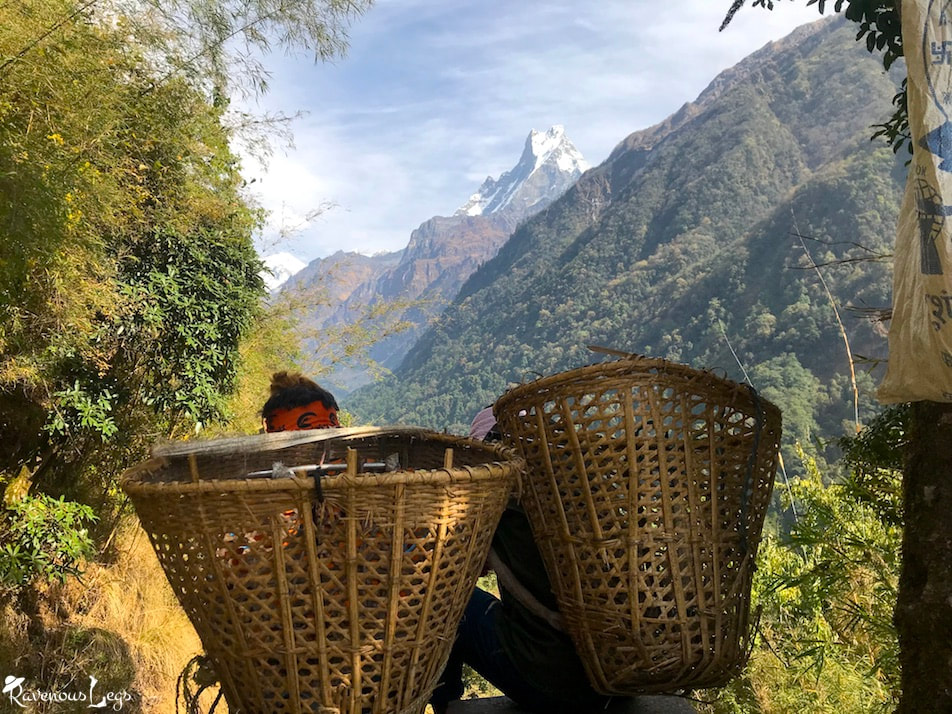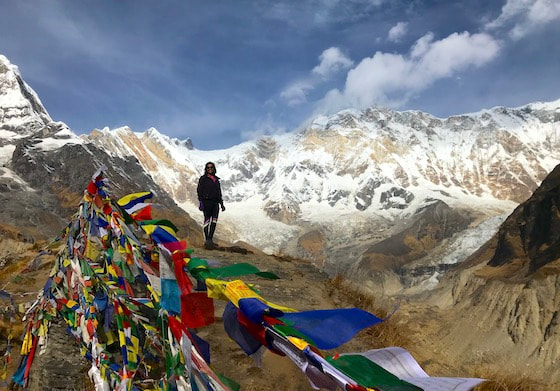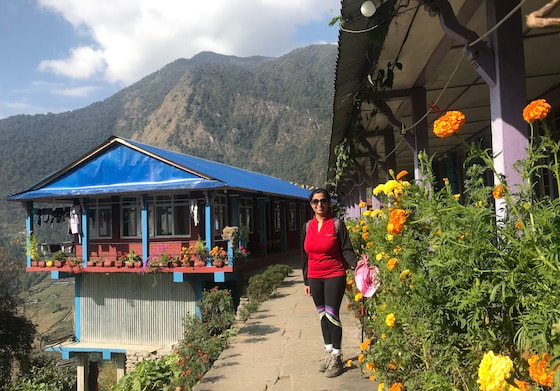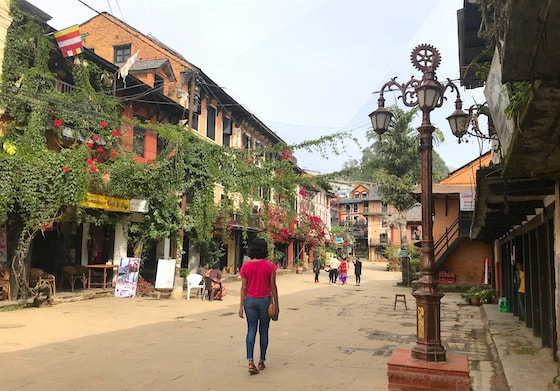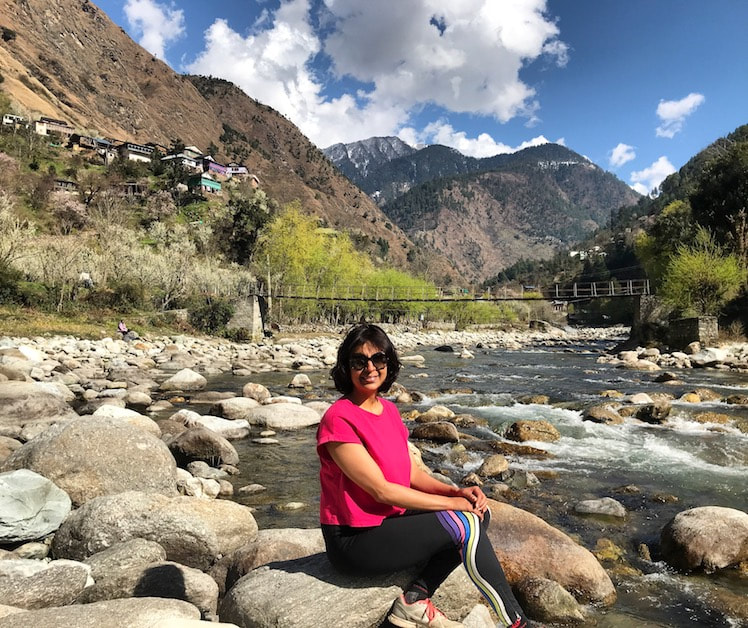Annapurna Conservation Area Project, Nepal: classic model for sustainable trekking tourism11/16/2022 Annapurna Conservation Area Project, Nepal: classic model for sustainable trekking tourism
Growing up in an era, when human society is constantly under the threat of depletion of natural resources, I had dreamt to visit some beautiful corners of our planet before the threat turned into a reality, like everyone in our generation has. My strong connection with sports got interwoven with my fascination for adventure travel and I started climbing the Himalayas. Once I tasted the purity of the pristine Himalayas, it never felt the need to look out for other destinations for my travels, eventually I did start exploring the diverse beauties of the globe, but I have always had an intimate affair with the Himalayas. I got enticed by the untouched beauty of the Himalayas, I got to experience on the trekking trails, only to later realise how commercialisation had started taking over! Since last 2-3 years, Over Tourism has turned into reality, and travel ceased to feel the soul-searching journeys as it did earlier. Along with over tourism, other human activities have caused the threat of depletion of Earth’s natural resources turning into a hard reality.
Trekking deeply instilled self-realisations and a genuine concern for the conservation of nature in me, making me an extremely conscious human being. I started choosing the trails lesser taken for my personal gratification, and while I did my part in caring for the environment and being a responsible being, I came to realise that individual efforts are just not enough. For a balanced ecosystem, there is a strong need for the entire system to be regulated. Responsible and Sustainable Tourism is the only answer to make travel experiences beautiful. Just when my little mind was burdened with these thoughts, I got an invite for Annapurna Base Camp Trek. I wouldn’t miss any chance to be in the Himalayas, but I wasn’t sure how it would be to walk on one of the most popular trekking routes in Nepal. Without any expectations in my mind, I landed in Nepal and got introduced to the tourism ministers of Nepal, who had organised the trek for us.
After receiving a warm welcome at the Annapurna Conservation Area Project (ACAP) office in Ghandruk, they presented their project of conserving the natural and cultural resources in this area. I suddenly felt excited about discovering something that my heart exactly wanted to hear at that moment! The beauty of the Himalayas and the craving for serenity immediately put on the back burner, I was more keen on observing and practically learning the concepts of responsible and sustainable tourism in Annapurna Conservation Area - the first and the largest protected area of Nepal.
Annapurna Conservation Area Project (ACAP) has been instrumental in conservation of natural and cultural heritage, community development projects for the locals and sustainable tourism in the Annapurna Conservation Area since 1986. ACAP focuses on 7 units marked within the conservation area - Jomsom, Manang, Lomanthang, Bhujung, Sikles, Ghandruk, and Lwang. I was happy to walk the Annapurna Base Camp trail in Ghandruk region with the officials of ACAP who kept giving insights on the constant work they keep doing to conserve that region.
|
AuthorNamaste! I'm Medhavi Davda.
I travel to Evolve.. In Nature, I confide.. I find my calling in the Himalayas.. In the Oceans, I meditate.. A High-Altitude Trekker & PADI certified SCUBA Diver, I love exploring the heights and depths of the planet with my regular doses of mountains and oceans. Discovering myself & life through nature, adventures, travels, sports and dance has been an addiction since my existence! Quite fond of the natural & cultural diversity of India, I've travelled extensively in my own country before exploring international destinations. I had left my 9+ yrs of career in Software Industry in a quest to make a living out of my passions. I packed my basics in my car (gave away the rest) and lived in different parts of Himachal Pradesh for 16 months. This invaluable time taught me to experience life from a broader perspective. I'm currently living in Mumbai to work with an Adventure Travel company as a product manager for Scuba Diving. I continue living a minimalistic life. RavenousLegs on InstagramRavenousLegs on FaceBookRavenousLegs on TwitterRecent PostsAbu Dhabi's Renowned Liwa Date Festival
Day trips you can take from Paracas Is 7 Days in Bangkok Too Long? Top Cities in Croatia That You Cannot Miss 5 Tips for Creating Engaging Solo Travel Videos for YouTube 7 Days Active Travel Itinerary for Sri Lanka - from Sunrise on the East Coast to Sunset on the West Coast Annapurna Base Camp Trek from Ghandruk Village - the shortest route to ABC Trek |

